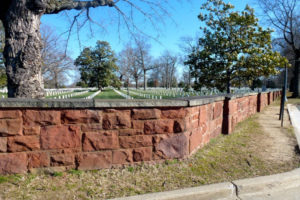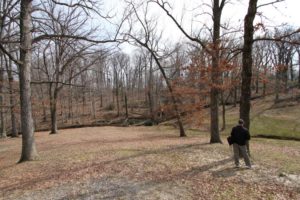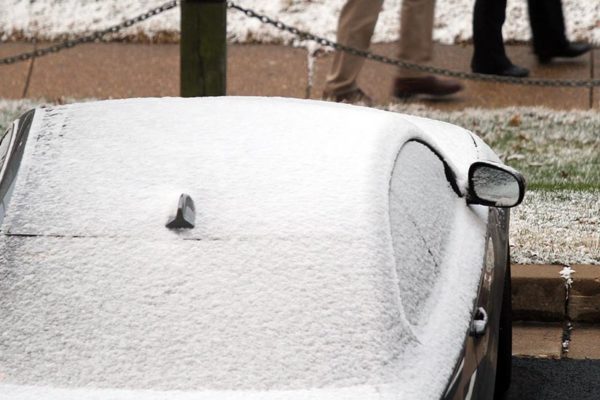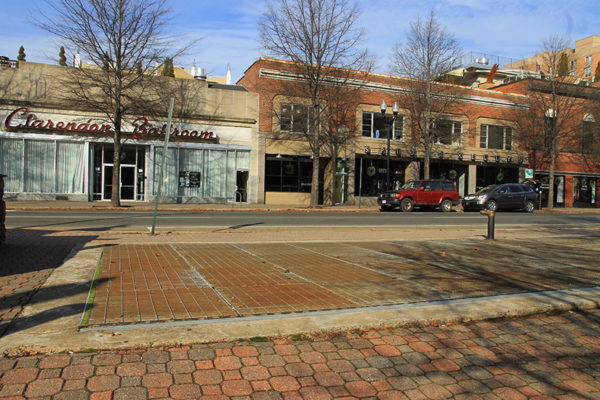(Updated at 12:00 p.m.) Non-profit organization Preservation Virginia has named Arlington National Cemetery to its list of the state’s most endangered sites.
Each year the group chooses historical sites it believes have become threatened due to neglect, insufficient funding, inappropriate development or public policies and procedures. The cemetery made the list due to the Millennium Project, an expansion project requiring the removal of trees on 12 wooded acres, and the removal of portions of the red sandstone Seneca Wall, which was constructed during the late 1800s.
Around 800 trees would be removed from the cemetery as part of the plan, although about 600 would be replanted. Preservation Virginia’s concerns surround not only the tree removal, but also the amount of soil being moved, the extent of the new retaining walls to be constructed and the road to be built across a stream that is “likely to irreparably alter the topography and run counter to the objectives of Congress.”
This isn’t the first complaint about the Millennium Project’s plan for tree removal. Arlington residents and members of citizens groups, such as the Arlington Urban Forestry Commission, have voiced displeasure with the plan. In March, a number of people spoke out against the tree removal during an open house at the site.
Preservation Virginia said the following in a written statement:
“Preservation Virginia respects the mission of Arlington National Cemetery to provide for military interments, but along with other partner preservation organizations believes that there is a better way to create additional burial space while also respecting the significant contributions of Arlington House Woods and the existing, historic boundary wall to this sacred place… Preservation Virginia urges the Army Corps of Engineers to revisit the Environmental Assessment and to seek an expansion alternative that respects the historic significance of Arlington Woods, protects its historic landscape, and provides for additional burial space.”
Preservation Virginia’s full list of endangered sites for 2013 can be found on its website.

























